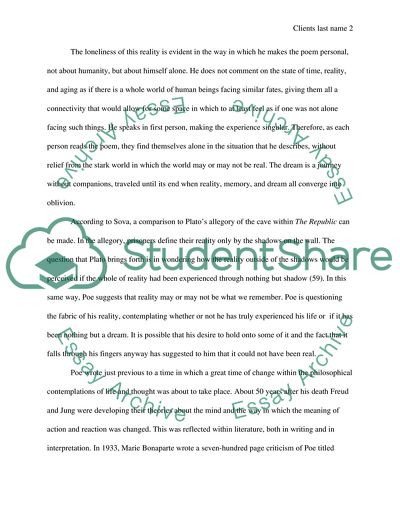Cite this document
(A Dream within a Dream by Edgar Allan Poe Research Paper, n.d.)
A Dream within a Dream by Edgar Allan Poe Research Paper. Retrieved from https://studentshare.org/literature/1746373-analytical-research-paper-on-edgar-allan-poes-dream-within-a-dream
A Dream within a Dream by Edgar Allan Poe Research Paper. Retrieved from https://studentshare.org/literature/1746373-analytical-research-paper-on-edgar-allan-poes-dream-within-a-dream
(A Dream Within a Dream by Edgar Allan Poe Research Paper)
A Dream Within a Dream by Edgar Allan Poe Research Paper. https://studentshare.org/literature/1746373-analytical-research-paper-on-edgar-allan-poes-dream-within-a-dream.
A Dream Within a Dream by Edgar Allan Poe Research Paper. https://studentshare.org/literature/1746373-analytical-research-paper-on-edgar-allan-poes-dream-within-a-dream.
“A Dream Within a Dream by Edgar Allan Poe Research Paper”, n.d. https://studentshare.org/literature/1746373-analytical-research-paper-on-edgar-allan-poes-dream-within-a-dream.


